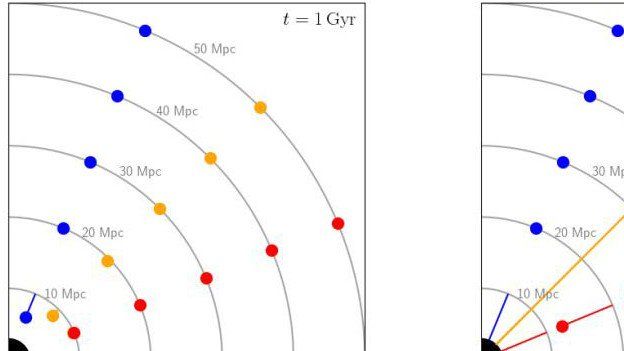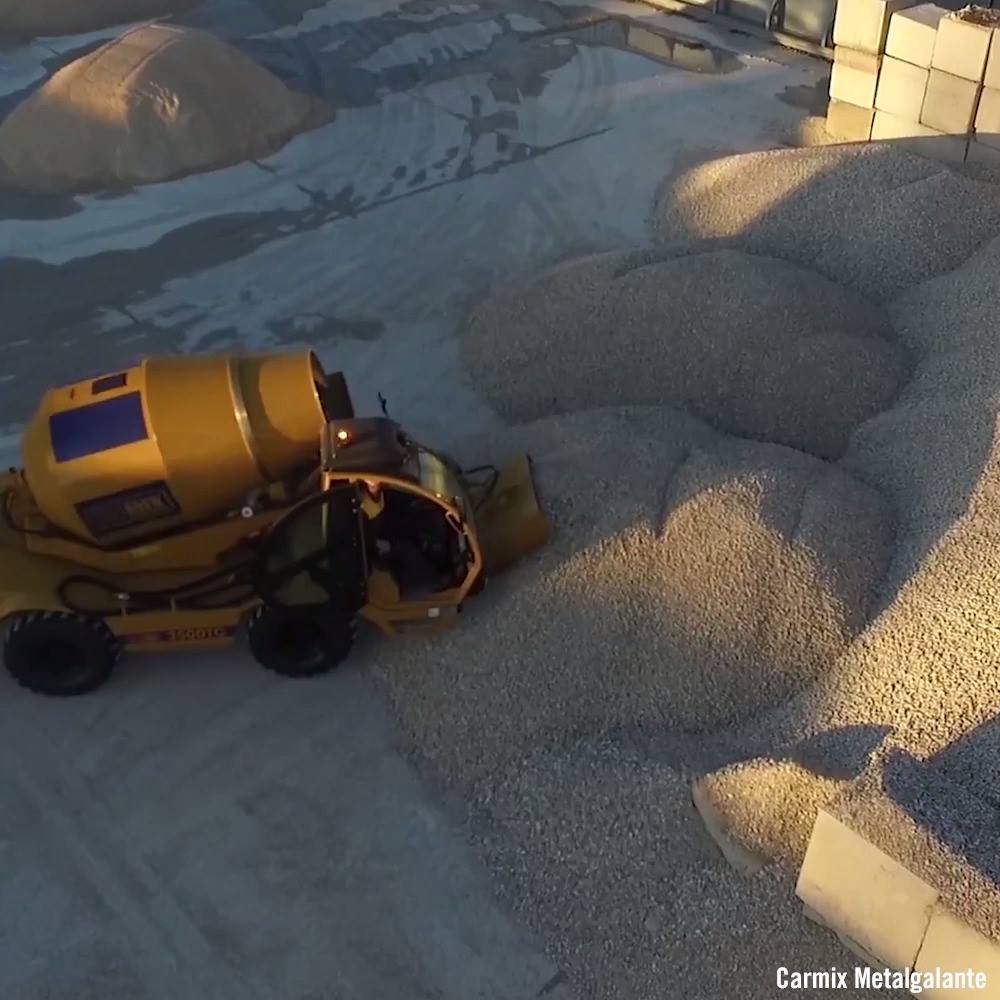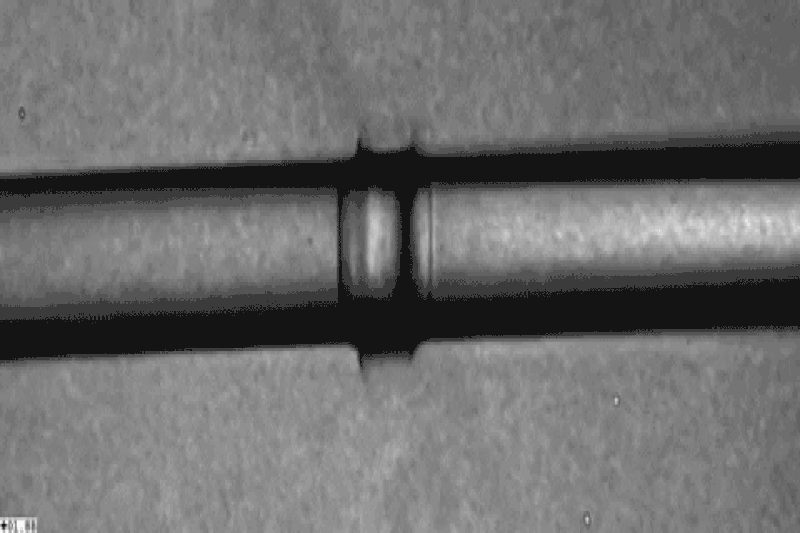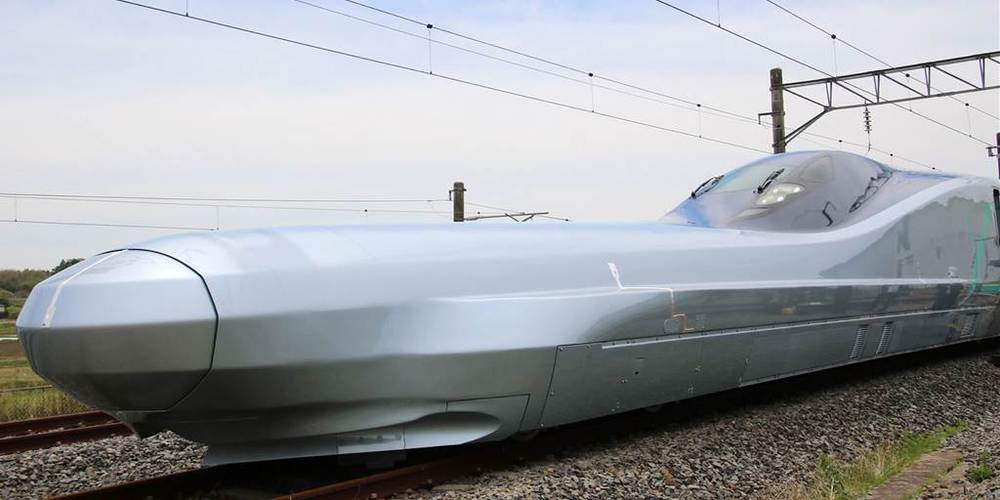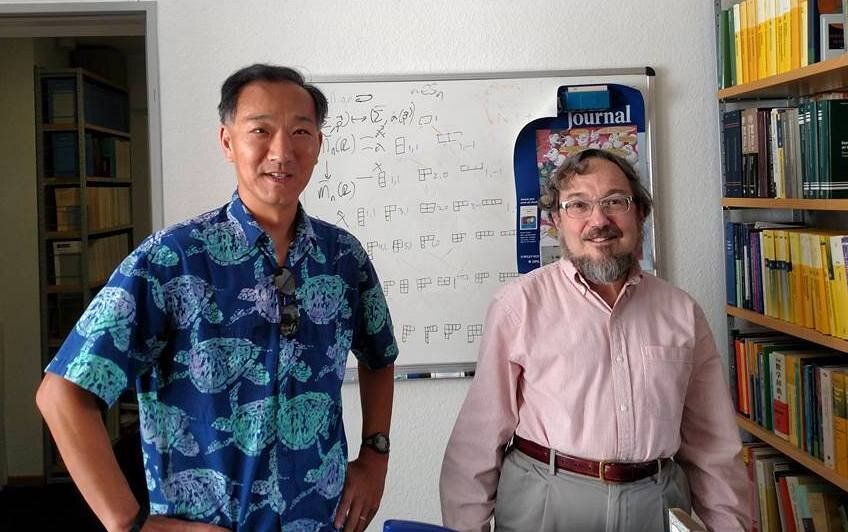Page 7839
May 21, 2019
Why lack of sleep is bad for your heart
Posted by Paul Battista in categories: biotech/medical, health
A new University of Colorado Boulder study, published in the journal Experimental Physiology, helps explain why.
It found that people who sleep fewer than 7 hours per night have lower blood levels of three physiological regulators, or microRNAs, which influence gene expression and play a key role in maintaining vascular health.
The findings could potentially lead to new, non-invasive tests for sleep deprived patients concerned about their health, the authors said.
May 21, 2019
People with Autism Finding Jobs in AI
Posted by Quinn Sena in categories: employment, robotics/AI
May 21, 2019
Scientists Have Created a Sound So Loud It Can Vaporize Water on Contact
Posted by Quinn Sena in category: futurism
Scientists have used an X-ray laser to create the loudest possible underwater sound on Earth.
May 21, 2019
Self-driving trucks begin mail delivery test for U.S. Postal Service
Posted by Quinn Sena in categories: robotics/AI, transportation
(Reuters) — The U.S. Postal Service on Tuesday started a two-week test transporting mail across three Southwestern states using self-driving trucks, a step forward in the effort to commercialize autonomous vehicle technology for hauling freight.
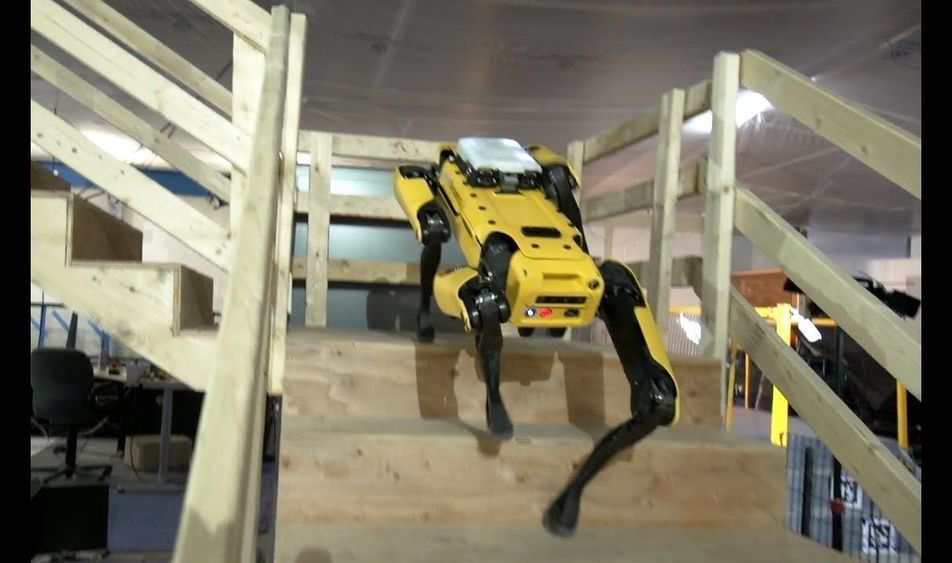
SpotMini autonomously navigates a specified route through an office and lab facility. Before the test, the robot is manually driven through the space so it can build a map of the space using visual data from cameras mounted on the front, back and sides of the robot. During the autonomous run, SpotMini uses data from the cameras to localize itself in the map and to detect and avoid obstacles. Once the operator presses ‘GO’ at the beginning of the video, the robot is on its own. Total walk time for this route is just over 6 minutes. (The QR codes visible in the video are used to measure performance, not for navigation.)
May 21, 2019
The Army Is Spending Millions on Powered Exoskeletons
Posted by Quinn Sena in category: cyborgs
May 21, 2019
Superfast bullet train that rivals airplane flying times set to debut in Japan
Posted by Quinn Sena in category: transportation
The picture of a “bullet train” speeding past Mount Fuji is an iconic image of modern Japan.
In recent years, however, Japan has lost the “world’s fastest train” title to China — if only by a few miles per hour. But now, Japan plans to reclaim that crown, with a new bullet train that will whisk between cities with journey times that rival passenger jets.
The Alfa-X train, unveiled by rail company JR East, will carry passengers at up to 224 miles per hour, outpacing the fastest Japanese bullet trains in commercial service today by almost 25 miles per hour.
Continue reading “Superfast bullet train that rivals airplane flying times set to debut in Japan” »
May 21, 2019
Mathematicians revive abandoned approach to the Riemann Hypothesis
Posted by Quinn Sena in category: mathematics
Many ways to approach the Riemann Hypothesis have been proposed during the past 150 years, but none of them have led to conquering the most famous open problem in mathematics. A new paper in the Proceedings of the National Academy of Sciences (PNAS) suggests that one of these old approaches is more practical than previously realized.
“In a surprisingly short proof, we’ve shown that an old, abandoned approach to the Riemann Hypothesis should not have been forgotten,” says Ken Ono, a number theorist at Emory University and co-author of the paper. “By simply formulating a proper framework for an old approach we’ve proven some new theorems, including a large chunk of a criterion which implies the Riemann Hypothesis. And our general framework also opens approaches to other basic unanswered questions.”
The paper builds on the work of Johan Jensen and George Pólya, two of the most important mathematicians of the 20th century. It reveals a method to calculate the Jensen-Pólya polynomials—a formulation of the Riemann Hypothesis—not one at a time, but all at once.
Continue reading “Mathematicians revive abandoned approach to the Riemann Hypothesis” »
